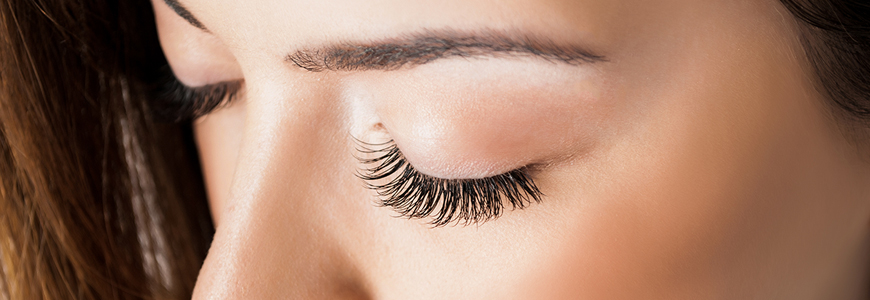When eyelid malposition causes a patient’s eyelashes to grow downward and enter their visual field, commercially available products can provide only temporary relief. However, a new, minimally invasive technique created by Julie Ann Woodward, MD, chief of oculofacial and reconstructive surgery at Duke, cures the etiology of the eyelash condition and helps improve patients’ quality of life.
In this Q&A, Woodward explains her technique and its benefits for patients with various ocular conditions who may be referred for this procedure for functional or aesthetic reasons.
Question: How does the technique work?
Woodward: The laser eyelash lift is an aesthetic spinoff of a blepharoplasty. First, we numb the eyelid and protect the globe with a metal lid plate. Using a CO2 laser with an incisional handpiece, we make a series of ablative columns in two rows about 2 mm above the eyelashes. This vaporizes tiny tunnels of tissue and contracts the remaining tissue together, effectively diverting the roots of the eyelashes upward and out of the visual field. You can see an immediate difference intraoperatively. In just a few minutes, the laser permanently lifts up the position of the lid margin for patients. After the surgery, patients wear bandage contact lenses to protect and cover the cornea while they heal. During that time, the eyelids swell and the eyelashes tilt back down a bit, but when the swelling goes down, they tilt back up.
Question: What prompted you to create the laser eyelash lift?
Woodward: We started using it about three years ago for our patients with functional eyelash ptosis, usually due to floppy eyelid syndrome. These patients typically have sleep apnea and sleep with a CPAP machine, and they have eyelashes that tilt downward, which disturbs their vision. Those patients usually get a blepharoplasty at the same time as surgery for floppy eyelid syndrome, so when we saw the results from that, we started using it on patients without floppy eyelid syndrome for aesthetic purposes.
Question: What types of conditions is this technique suitable for?
Woodward: The laser lash lift has been very effective in patients with upper and lower eyelid disorders, including entropion from autoimmune or other medical issues that cause inward rotational scarring, such as previous reconstructive surgery for cancer. For example, some patients with scarred eyelids from reconstruction can experience corneal scratching from their eyelashes, which is very irritating.
Question: What are the benefits of the laser eyelash lift for patients?
Woodward: This technique is safe, minimally invasive, and is a one-time fix that helps patients see better, feel better, and look better. They don't have to deal with eyelash curlers that are pulling their eyelashes out or with permanents that introduce chemicals into their eyes. And for those who have been experiencing corneal scratching, it can provide instant, significant relief.
This procedure hasn't caused any eyelash loss, and I haven't had anyone coming back to me asking for another treatment. However, those with floppy eyelid syndrome may need to come back because their condition tends to be progressive with age.
